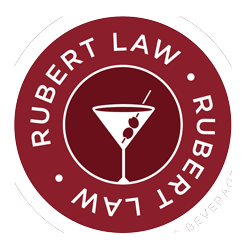Florida is one of 32 states that operate a three-tier competitive/license regulatory model. The three tiers are manufacturer, distributor/importer and retailer, which are all licensed by the state. This model was founded after prohibition to prevent manufacturers from owning distributors or retailers, and distributors not owning retailers, which was all common (and rife with corruption) before prohibition and still happens in the UK and elsewhere. The system enforces the state’s Tied House Evil Law, which prevents manufacturers and distributors from owning retailers (bars, restaurants, groceries, convenience stores, etc.).
Why does it matter who owns what?
It comes down to fair business practices. This law ensures that manufacturers and distributors cannot offer financial assistance to retailers, likely for carrying their products. Retailers are also bound not to accept assistance even when it does not involve ownership. The alcoholic beverage industry is highly competitive, so separating the industry into three tiers reduces the chances of undue influence upon vendors.
So rather than distributors or manufacturers dictating where and which products are available, customer demand drives the competition on an open market among all three tiers regardless of a company’s size. The state and federal governments also draft and enforce laws to regulate the industry under the Alcohol and Tobacco Tax and Trade Bureau (TTB) and the Food and Drug Administration (FDA). The government oversight through licensing, auditing and enforcement prevents corruption, limits hours of sales, and levies taxes, fees and fines.
Liquor laws always need updating, refining, or even drafting, but the three-tier system generally seems to work fairly well. It made egregious business practices a thing of the past and rewards consumers with more choices.
